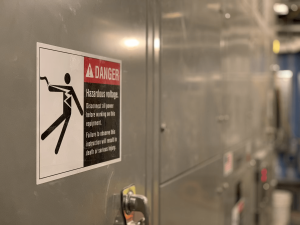
Discover our collection of informative blogs on panel locks, crafted by ZONZEN, your trusted industrial lock manufacturer.

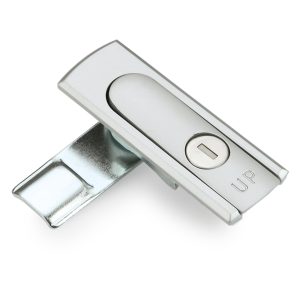
Swing handle panel locks
Swing handle panel locks offer a versatile and efficient latching solution for a variety of enclosures. These locks feature a flush, ergonomic design where the swing handle lays flat against the panel when closed, providing a clean, streamlined appearance. The handles are easy to operate, as the user simply lifts and turns the swing handle to disengage the latch mechanism. Swing handle locks can be equipped with locking capabilities, allowing the enclosure to be secured with a key or padlock, and are made from durable materials like stainless steel or zinc alloy for long-lasting performance. These locks are available in a wide range of styles, sizes, and finishes to suit different aesthetic preferences and application requirements.
Multi-point panel locks
Multi-point panel locks provide enhanced security and stability for doors, cabinets, and other enclosures. These locks feature multiple locking points that engage with the frame, creating a more secure connection compared to single-point locks. Designed for high-security applications, multi-point locks are built with durable materials and offer versatile configurations with various locking mechanisms. They can be equipped with key locks or accommodate padlocks, and some models feature concealed hardware for a clean appearance.
electrical panel lock types
Here are some electrical panel lock types:Keyed electrical panel locks; Cam lock electrical panel locks; Swing handle electrical panel locks; Multi-point electrical panel locks; Combination electrical panel locks; Keyless electrical panel locks; Electronic electrical panel locks; Padlock-compatible electrical panel locks; Barrel key electrical panel locks; Sliding bolt electrical panel locks
Keyless electrical panel locks
Keyless electrical panel locks are electronic access control systems that secure electrical panels without the need for traditional keys. These advanced locks provide enhanced security features like audit tracking, remote unlocking, and multi-user access, helping to protect critical electrical infrastructure by restricting and monitoring access. Keyless electrical panel locks offer a convenient and secure alternative to traditional key-based locking systems.
Stainless Steel Plane Locks
Stainless steel plane locks are a type of locking mechanism used in various applications such as RVs, modified car trailers, and other wagons. These locks feature a stainless steel construction with a polished finish, hidden concealed handles, and waterproof gaskets. They provide a secure and durable locking solution, with some models offering adjustable mounting plates and the option to use keys or go keyless. Stainless steel plane locks are designed to withstand the rigors of outdoor use and offer a reliable way to secure access points on vehicles and other mobile structures.
Keyword6
text6
FAQ
1. Select a suitable lock: Choose a lock that fits your breaker panel and meets your security needs, such as padlocks, key locks, combination locks, or lockable covers.
2. Turn off power: Ensure the power to the breaker panel is turned off before installing the lock to prevent electric shock or damage.
3. Install the locking mechanism: Follow the manufacturer’s instructions to properly install the chosen locking device on the panel.
4. Secure the lock: Ensure the lock is firmly in place and cannot be easily removed or tampered with.
5. Secure keys or combinations: If using a lock that requires keys or combinations, keep them secure and limit access to authorized personnel.
6. Label and notify: Clearly label the breaker panel as locked and indicate who has access to it.
7. Maintain the lock: Regularly check the lock for any damage or tampering and replace it if compromised.
1. Circuit breaker lockout devices are the most effective way to lock out a circuit breaker. These devices attach directly to the breaker handle or panel to prevent the breaker from being turned on.
2. Common types of circuit breaker lockout devices include clamp-on locks, snap-on locks, and universal multi-pole devices that can secure single, double, or triple pole breakers.
3. These lockout devices are designed to be durable, standardized, substantial, and identifiable per OSHA requirements.They allow the authorized employee to secure the breaker with a padlock.
4. Brands like Brady, Master Lock, ZONZEN and TRADESAFE offer a variety of circuit breaker lockout devices to fit different breaker sizes and voltage ratings.
1. Excellent casting properties – Zinc alloy can be used to make precision components with complex shapes, thin walls, and smooth surfaces.
2. Low melting point – Zinc alloy melts at 385°C, allowing for efficient die-casting and manufacturing of various product styles.
3. Lower cost – Both the raw material and casting costs for zinc alloy locks are relatively low compared to stainless steel locks.
4. Good quality and hardness – Zinc alloy locks are of good quality, with hardness that prevents deformation.
5. Better plating and surface finish – Zinc alloy plating can produce a smooth, bubble-free, and corrosion-resistant surface.
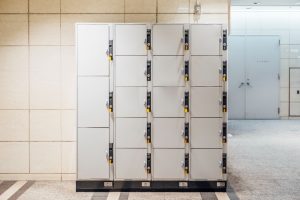
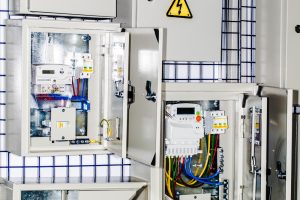
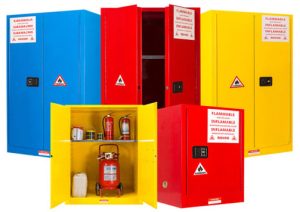
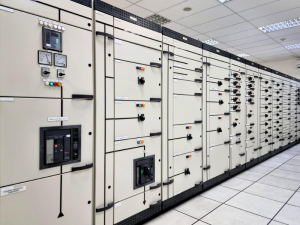
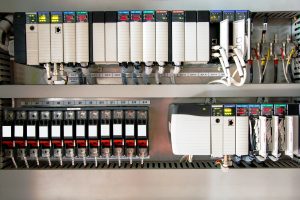

zz@zhongzhenglock.com
+86-577 8629-1818; +86-577 8844-1188; +86-577 8629-1198
No 399 Jihong Rd Ouhai District,Wenzhou, Zhejiang, China 325000
Any questions related to A Blog Guide to Plane Locks?
🟢 Online | Privacy policy
WhatsApp us
